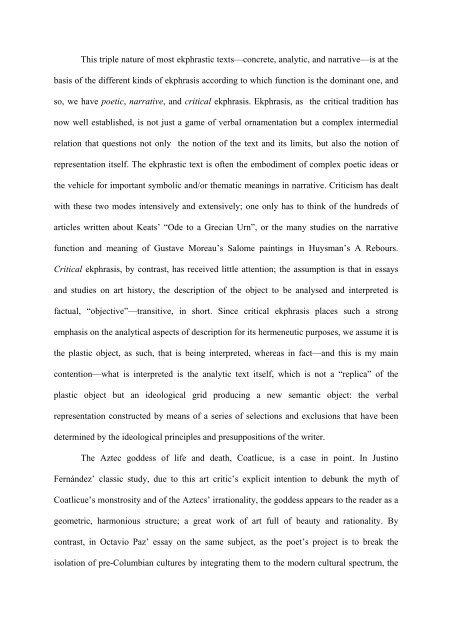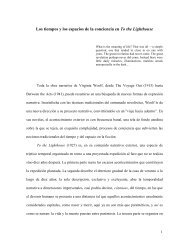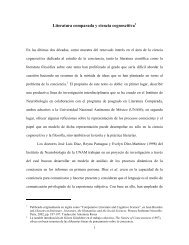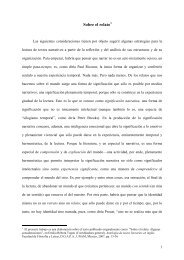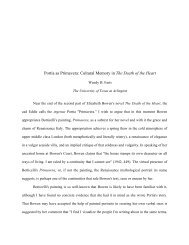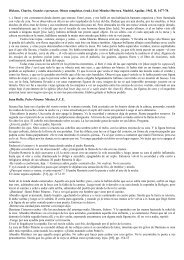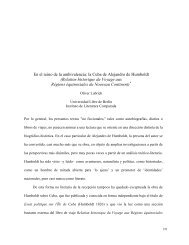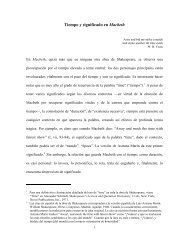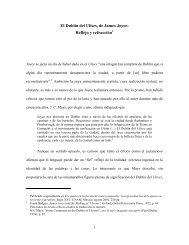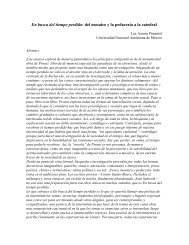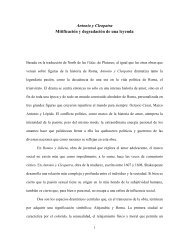Risa y penitencia - Luz Aurora Pimentel
Risa y penitencia - Luz Aurora Pimentel
Risa y penitencia - Luz Aurora Pimentel
- No tags were found...
You also want an ePaper? Increase the reach of your titles
YUMPU automatically turns print PDFs into web optimized ePapers that Google loves.
This triple nature of most ekphrastic texts—concrete, analytic, and narrative—is at thebasis of the different kinds of ekphrasis according to which function is the dominant one, andso, we have poetic, narrative, and critical ekphrasis. Ekphrasis, as the critical tradition hasnow well established, is not just a game of verbal ornamentation but a complex intermedialrelation that questions not only the notion of the text and its limits, but also the notion ofrepresentation itself. The ekphrastic text is often the embodiment of complex poetic ideas orthe vehicle for important symbolic and/or thematic meanings in narrative. Criticism has dealtwith these two modes intensively and extensively; one only has to think of the hundreds ofarticles written about Keats’ “Ode to a Grecian Urn”, or the many studies on the narrativefunction and meaning of Gustave Moreau’s Salome paintings in Huysman’s A Rebours.Critical ekphrasis, by contrast, has received little attention; the assumption is that in essaysand studies on art history, the description of the object to be analysed and interpreted isfactual, “objective”—transitive, in short. Since critical ekphrasis places such a strongemphasis on the analytical aspects of description for its hermeneutic purposes, we assume it isthe plastic object, as such, that is being interpreted, whereas in fact—and this is my maincontention—what is interpreted is the analytic text itself, which is not a “replica” of theplastic object but an ideological grid producing a new semantic object: the verbalrepresentation constructed by means of a series of selections and exclusions that have beendetermined by the ideological principles and presuppositions of the writer.The Aztec goddess of life and death, Coatlicue, is a case in point. In JustinoFernández’ classic study, due to this art critic’s explicit intention to debunk the myth ofCoatlicue’s monstrosity and of the Aztecs’ irrationality, the goddess appears to the reader as ageometric, harmonious structure; a great work of art full of beauty and rationality. Bycontrast, in Octavio Paz’ essay on the same subject, as the poet’s project is to break theisolation of pre-Columbian cultures by integrating them to the modern cultural spectrum, the


